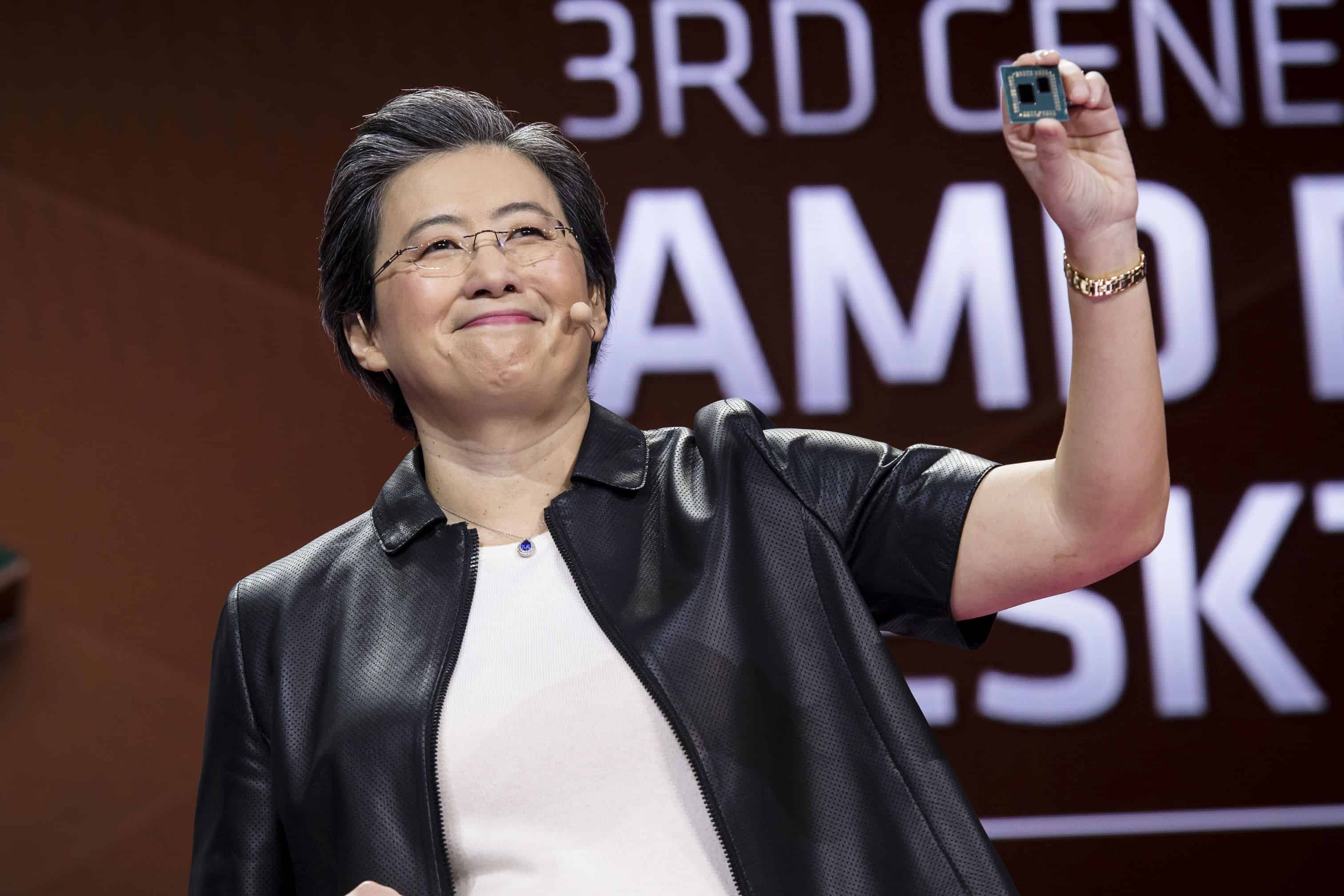
The U.S.-China trade spat may spare a few chipmakers, says one analyst.
As large chip companies such as Broadcom fall under pressure from restrictions on Chinese telecommunications giant Huawei — a major buyer of U.S. semiconductor chips until its recent blacklisting — a few more focused players will likely avoid the brunt of the pain, Ark Invest’s James Wang said Thursday on CNBC’s “Fast Money.”
“We’ve never been big on … Broadcom,” said Wang, who covers semiconductors, next-generation internet and artificial intelligence at Ark. “It’s always been an operators’ company. This is all about rolling up companies and squeezing out efficiencies. We’re more interested, in our funds, to invest in companies that are growing and actually creating opportunities, companies like AMD and Xilinx, who are much more in control of their own fate. ”
The California-based AMD and Xilinx are still relatively large, boasting market values of roughly $33 billion and $27 billion, respectively. But compared with a $104 billion colossus such as Broadcom, which gets nearly half of its revenues from mainland China, according to Factset, they’re well-positioned to grow despite geopolitical concerns, Wang said.
“You don’t see companies like AMD, for example, printing down because they are still relatively small,” Wang said as Broadcom’s stock fell following the company’s disappointing earnings report. “In our tough macro environment, when you go for smaller players, they can grow despite a macro headwind.”
And while investors might assume that macroeconomic headwinds are a blanket concern for all companies, Wang offered a counterpoint.
“The more mature you are as a company, the harder it hits you, because you are more correlated to GDP growth, to more trade,” he said. “If you look at some of the younger social media companies during ’08, ’09, they just grew right through it. Apple — you couldn’t even tell they were having issues. ”
Apple shares fell nearly 42% between October 2007 and March 2009, the height of the financial crisis. The S&P 500 fell nearly 52% over the same time period.
Fast forward to 2019, and “we’re looking for companies that [are] building products that are more macro-agnostic, that don’t have a 3-to-5% revenue share or hit from the Huawei situation,” Wang said.
Wang’s current focus is on global semiconductor companies racing to build cutting-edge chips for artificial intelligence applications, where the U.S. and China are neck and neck.
“I looked at all the venture capital invested in the field of artificial intelligence chips: 40% went into Chinese companies, 35% went to U.S. companies,” he said Thursday.
China has “wanted silicon and semiconductor independence from the U.S. for a long time now,” he said. “A.I. is actually a great reset point, because the classic players who typically control this industry — Intel, with the x86 instruction set — they are not in the driving seat anymore. A.I. is built on top of frameworks which are instruction- and chip-agnostic, so China actually has a chance to be in the driver for this industry. ”
That has the potential to bifurcate the U.S. and China’s respective global trade relationships even further, Wang said, even as he maintained that we’re not “quite there yet.”
“We’re certainly considering the possibility you end up with two scenarios: the A.I. companies out of China serving the domestic market, and the U.S. and some of the European companies serving the rest of the world,” he said. “It remains to be seen if, globally, other customers will be willing to take Chinese A.I. chips. They still have to prove themselves. They’re very early in the software process.”
Semiconductor stocks continued to fall in Friday’s trading session despite Wall Street analysts urging investors not to panic about the drop. The VanEck Vectors Semicondcutor ETF, which tracks the space, fell nearly 3% before midday.

